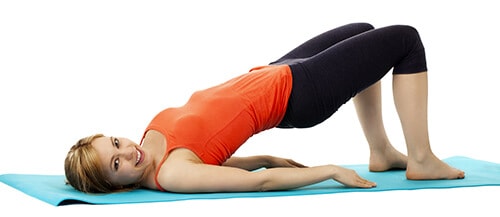The modern lifestyle of people is primarily spent on luxury and comfort. The majority of their regular activities are performed in a seated position. Though sitting posture is relaxing, however, spending long hours in a sitting position can not only generate discomfort and pain in the back and neck, but also it can seriously affect other parts of their bodies.
These sedentary practices also increase the risks of developing serious health diseases that can have a detrimental impact on your health and life. If your routine involves sitting for long hours in poor posture in a chair, then it is highly likely to experience pain in your back and neck. The discomfort and pain can stay for days or weeks if these unnecessary sitting habits are not properly checked. To avoid developing pain in the neck and back when doing some work, listed below are some easy tips to reduce the pain in the neck and back from prolonged sitting:
- Maintain good posture:
To avoid the discomforting pain of your neck and back due to prolonged sitting, it is important to practice proper sitting posture. When you sit on a chair, first keep your feet prostrate on the base of the room and then place your back against the chair to level with it. You need to balance your head with your spine by keeping a neutral position of the head and keeping the ear levels above the shoulders.
Since poor sitting posture can round the lower back of the body which results in a forward slump of your shoulders and head, then you need to adjust the height of your chair to permit your thighs to slightly slant down. Sitting in this position maintains the equal distribution of your weight within your sit bones, which are found in the lower hip sections.
- Frequently stand upright:
Sitting on a chair while performing any activity is both simple and tiring. It is less likely to keep a good posture if you are sitting in the same position for a long duration. So, it is often advised to spend at least 1 to 2 hours standing or moving on your feet rather than being seated the whole day. You can also try using a standing desk to often change your posture from sitting to standing. Other options include reasonable desktop converters which can convert your desk into a standing desk temporarily.
- Go on a walk:
To minimize the chances of developing neck, shoulder, or back pain, try walking around in the place after every hour or half. If you notice any tightness or pain, then get up from a particular place and move around for the moment.
If you cannot keep your sitting hours checked, then setting an alarm on your mobile phone after every thirty minutes or an hour can help you remember to take a break from your sitting hours and move around.
- Perform the right exercises:
Doing the right exercises can help you to build and maintain a good sitting posture. However, if you are experiencing some tightness and pain in your back or shoulders, try performing some exercises like side planks, neck flexes, bending forward posture, and much more. You can also try some stretching exercises and yoga to aid in minimizing the pain and tightness.
- Reduce the use of mobile:
When you use your mobile phone, it is common to incline your head in a forward direction toward the screen of your mobile, especially when utilizing a touchscreen smartphone to chat or send emails. Keeping your head-forward position to look and use your mobile for a long duration can result in agonizing muscle strains or any joint or disc injuries. So, maintaining this posture can have detrimental effects on your body for a long term if it is not acknowledged soon.

Hi, I am Valerie. I love working out and trying out various products which help me maintain my fitness. I love reviewing products related to posture and pain relief that will help people in some way. I like to spend my extra time swimming, Running and Wall Climbing. I am a physiotherapist and have helped countless people lead a pain free life.





